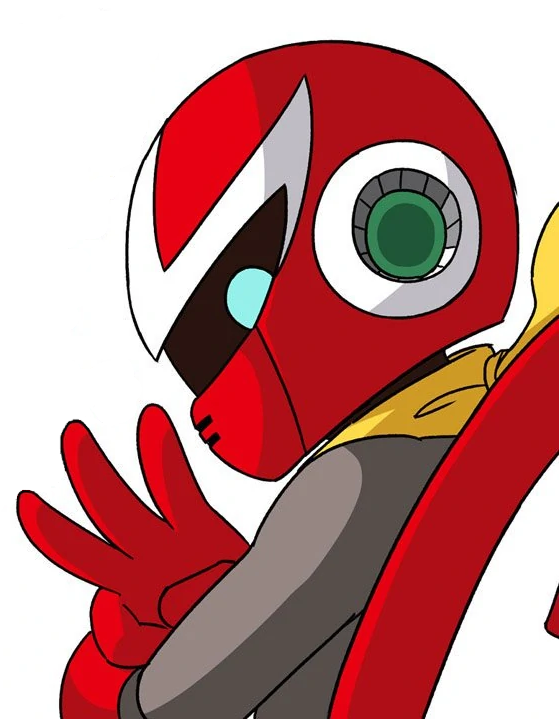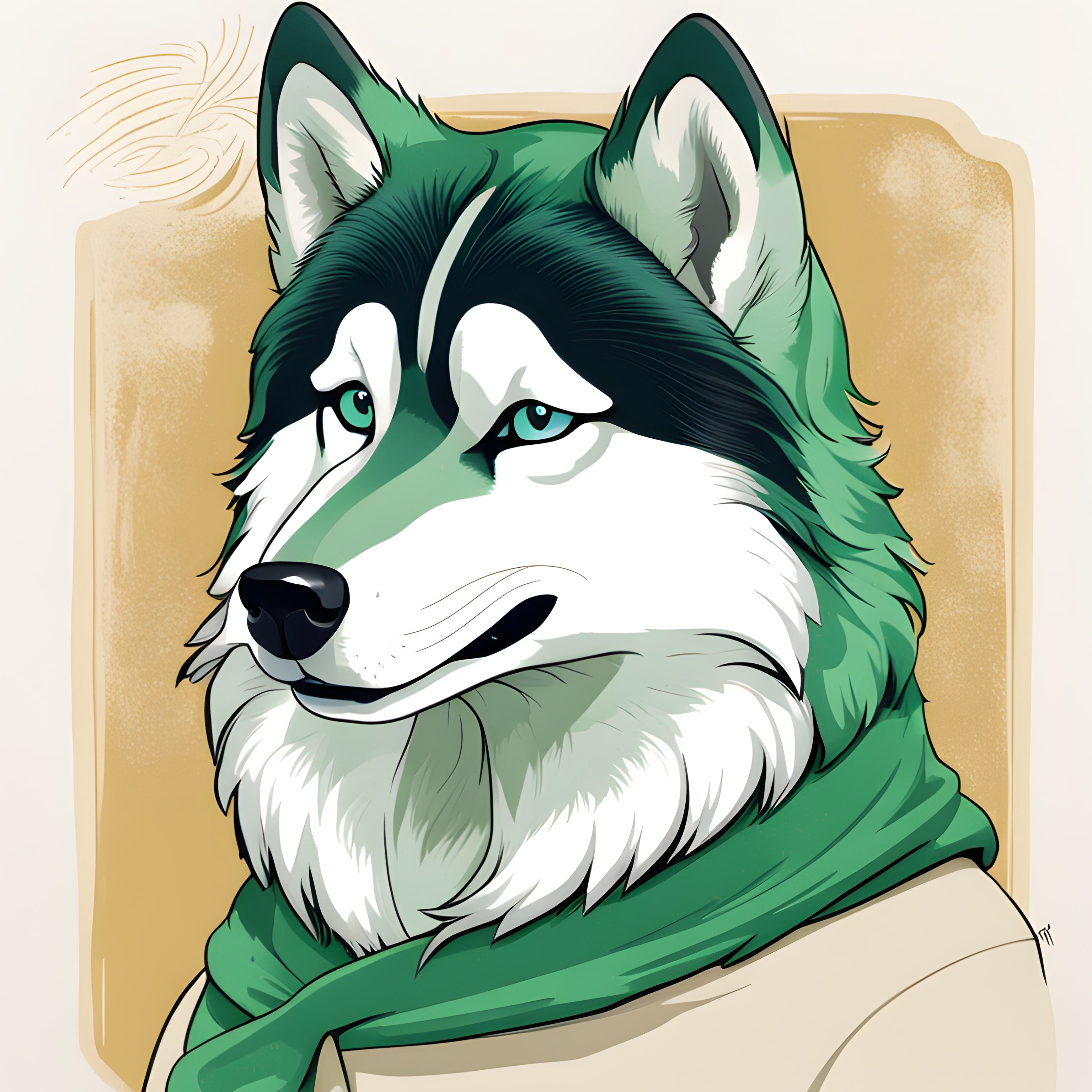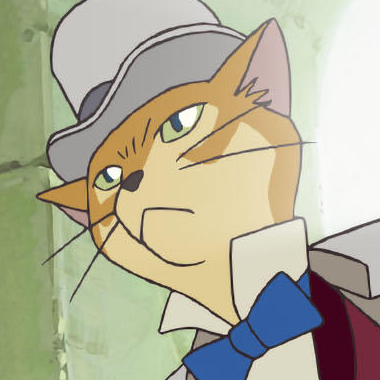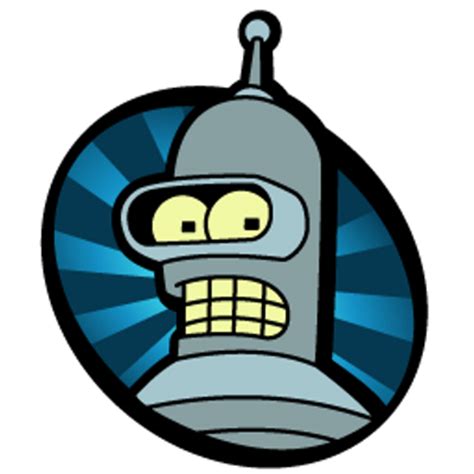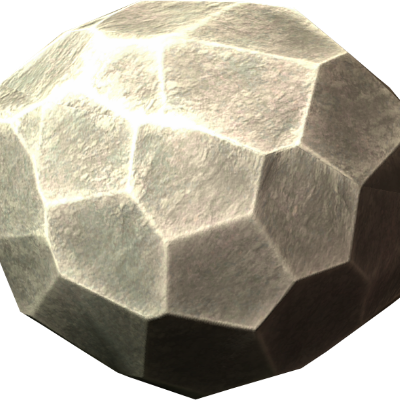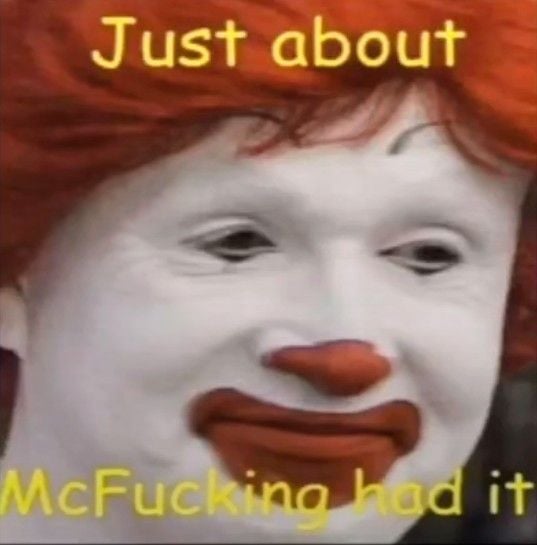Isn’t that like exactly how domestication works
For predators generally yes, but for prey not necessarily
pretty sure if you stop providing grass for the horses, they’d leave too (or at least try to)
I’m not sure that’s accurate. They’d leave if they have no access to grass, but you don’t have to actively give it to them for them to stay.
yeah but I meant in both cases, they stay for the food
I got that, but I don’t think it’s true. Humans don’t provide them with food (except during winter, but that’s also more recent), we prevent escape. Otherwise why are pens necessary? We’d just pile up food, and the animals would keep coming back.
ok you might be right about that
I’m a bitch for chips.
That’s not a very good headline. Of course they did it for food, the model was about whether they could have domesticated themselves fast enough without being forced.
I’ll have to actually look into the research; I have trouble imagining how one would model that in silico.
Edit: A link. Looks like they assumed human tolerance only effects odds of getting human food, and is (except for occasion mutants) inherited as a random point in between the mother and father’s.
I mean, same
If huskies being the closest breed of domestic dog to an undomesticated wolf is any indication: I totally believe it. Those dogs will do literally anything for a tasty treat. And so would I, for that matter.
“What would you do for a Klondike bar?”
“I have killed and would kill again.”
Ironic actually because as I understand it, and I am far from an expert, huskies are on the lower side of the food motivated scale when it comes to dog breeds.
Krapolis is a meh show, but I watched it all for Matt Berry and Richard (won’t even try to spell, Moss from IT Crowd)…
But their episode on the domestication of wolves was amazing.
I won’t claim it’s a good show, but I love Krapopolis!
And it’s Richard Ayoade, for reference.
I’m having issues seeing the text.
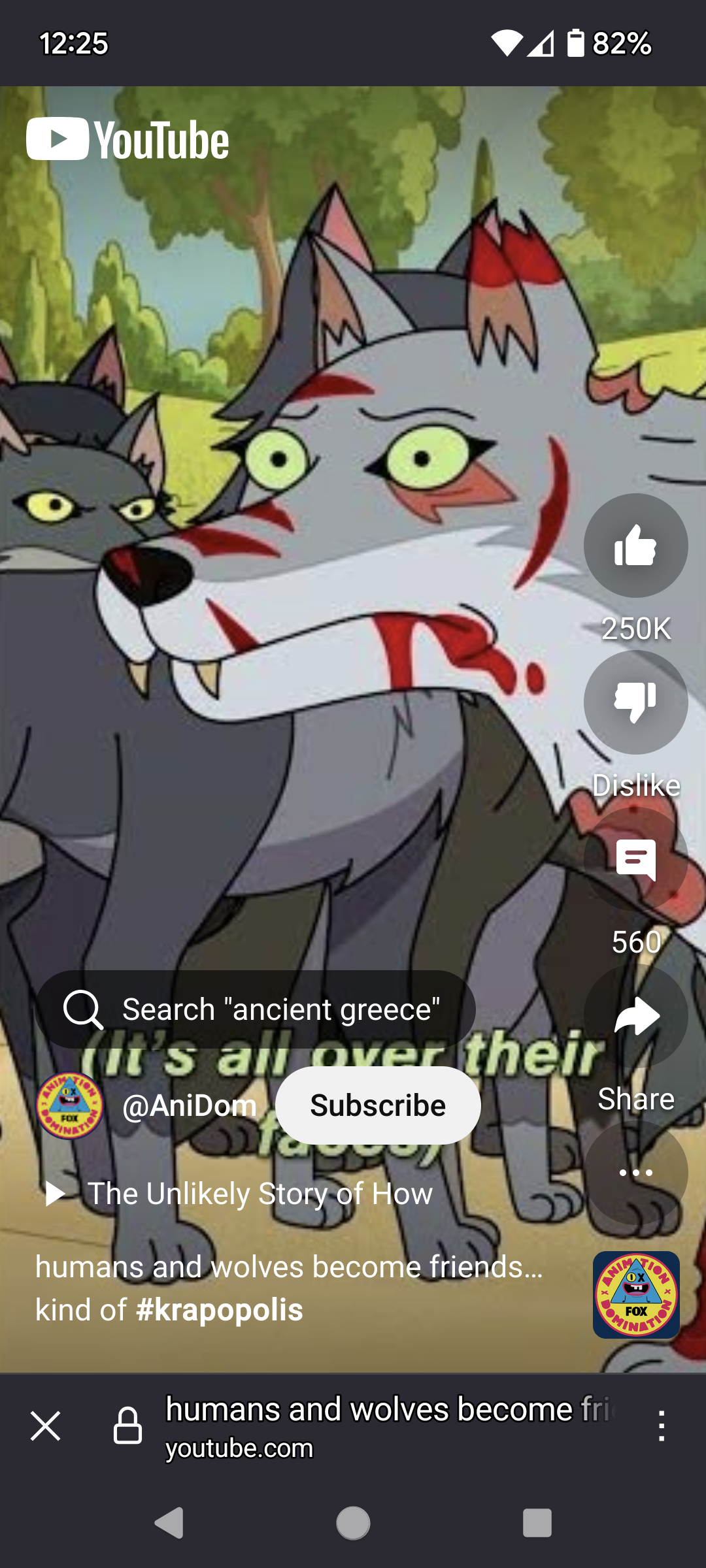
At least you can watch it. I have Not Available in your Country
Must be why cats leave dead mice and birds for you; they see you like a human sees a dog and offer a snack in exchange for ownership claims
Every species can domestic themselves, even humans did it.
We show every charistic of it, even if people don’t like talking about it.
https://www.npr.org/sections/health-shots/2020/10/31/928764215/how-humans-domesticated-themselves
Even Silverbacks, long thought to be the proverbial “alpha males” don’t force females into their harems and recent research have shown that the Silverback they choose to follow is often the most compassionate one rather than just the biggest and strongest.
They’re just all fucking huge, so it’s really not that important if one is slightly bigger.
That article doesn’t mention it, but more prevalent Neoteny is likely another thing caused by humans domesticsting themselves.
https://en.m.wikipedia.org/wiki/Neoteny_in_humans
When people look back at films of the public from 100 years ago and notice that men in general seem to be less baby faced and have sharper features… they’re not wrong.
More and more adult women have pelvises and birth canals incapable of safely delivering a baby without a C Section.
When people look back at films of the public from 100 years ago and notice that men in general seem to be less baby faced and have sharper features… they’re not wrong.
More so because everyone was a raging alcoholic that spent their time outside and sunscreen hadn’t been invented yet…
Even the argument that an older father results in longer telemeres in a child and a longer time till aging sets in…
Old guys were marrying very young girls 100 years ago too.
More and more adult women have pelvises and birth canals incapable of safely delivering a baby without a C Section.
True, but that’s the same reason we started to de-volve the appendix and then stopped: advancement of modern medical treatment.
An insane amount of women used to die in childbirth, while other cranked out 15 kids from the time they were 14 till they were 30.
Wanna guess if there was a correlation in hip size?
We don’t have that evolutionary pressure anymore, so women with narrow hips can have just as many kids as women with wide hips.
When you remove evolutionary pressure, things that used to be selected against start becoming prevelant again.
When you remove evolutionary pressure, things that used to be selected against start becoming prevelant again.
Yes. That … is part of domestication.
When a relatively self sustaining, organized society assembles itself, becomes more sedentary and less mobile, ie, domesticates itself, evolutionary selection pressures shift.
With humans, this is vastly exagerated and complexified due to our societies developing technology.
C Sections become prevalent, evolutionary pressure against a neotenous trait (adult females having narrow birth canals) lessens, thus the trait becomes more common.
The exact science on what leads to ‘baby faces’ is extremely complex, but it certainly seems safe to say that body fat levels, obesity levels, have risen, and that a lot of that can be linked to endocrine systems being altered/disrupted by our technologically mass produced food, leading to higher rates of neotenous features in adults.
Domestication is a prerequisite for human civilization (permanent urban centers) which is seemingly a prerequisite for most of our advanced technology, said technology then intensifies neoteny.
Neoteny is 100% a thing and relevant to domestication…
But that’s more because childhood is a very very expensive thing biologically that is punished harshly in most environments, but pays off dividends in adulthood.
At a certain point, it’s best to never grow out of those conditions.
Domestication is a prerequisite for human civilization (permanent urban centers) which is seemingly a prerequisite for most of our advanced technology, said technology then intensifies neoteny.
You’re still viewing it thru the lens of human civilization
The nature of domestication is often misunderstood. Most definitions of the process are anthropocentric and center on human intentionality, which minimizes the role of unconscious selection and also excludes non-human domesticators. An overarching, biologically grounded definition of domestication is discussed, which emphasizes its core nature as a coevolutionary process that arises from a specialized mutualism, in which one species controls the fitness of another in order to gain resources and/or services. This inclusive definition encompasses both human-associated domestication of crop plants and livestock as well as other non-human domesticators, such as insects. It also calls into question the idea that humans are themselves domesticated, given that evolution of human traits did not arise through the control of fitness by another species.
https://www.cell.com/trends/ecology-evolution/fulltext/S0169-5347(22)00089-1
I think you’d be interested in that article
You’re not wrong that a broader view of domestication as any kind of biological mutualism is more broadly correct and useful in many senses.
But… I’m talking about humans.
Such phenotypic similarities may arise from parallel/convergent evolution [71,72], possibly associated with secondary effects of the domestication process (for example, increased population density or sedentism) [68,69] but arguably do not directly spring from the human/crop, human/livestock, and human/pet mutualisms. Those who have remarked on these similarities need to explore other mechanisms to explain these evolutionary convergences.
As I already mentioned, I disagree on the bolded part.
Look at our food system and see what it is currently doing to us.
Even with the definition that ‘domestication is naturally arising mutualism, not necessarily with an initial intention in mind’… this still fits into it.
We altered our food, it altered us.
If you’re less cynical than me, well, it was unintentional that our changes to food would change us, so its unintentional mutualism.
If you are as cynical as me, well then:
Certain extremely powerful groups and people chose to do things like massively subsidize corn, knowingly fallaciously drum up fats as the main risk to general public health, when they actually knew the real problem was certain kinds of sugars, but they buried that research, and now US citizens eat some kind of HFCS in absurd amounts in all kinds of food.
This fucks our endocrine systems and increases neoteny.
Then its… an intentional mutualism, as directed by an elite and powerdul social group of humans toward the plants and the other humans.
Either way… this did all start with humans domesticating plants, whether initially intentionally aiming at this outcome or not.
You larger idea of domestication is valid, but I’m talking about the constrained case of domestication and its effects as they relate to humans.
I find other kinds of interspecies mutualistic relationships fascinating, but I don’t think expanding the concept of domestication to be less anthropocentric… somehow negates the application of the term to what it expanded from, and does not disclude.
(That article was good read though, thanks =D)
But… I’m talking about humans.
Well that’s whete the miscommunication was
Every species can domestic themselves, even humans did it.
Inversely, it feels almost instinctive for humans to offer treats to animals they meet. Despite science being clear it’s a bad thing to do, it’s really hard to convince people not to feed wildlife for example.
“When females were selecting mates, they also had to select males that had a similar tameness to themselves,” study co-author Alex Capaldi, a mathematician and statistician at James Madison University in Virginia, told Live Science. “So if both of those processes are in play, then it is possible for the self-domestication hypothesis to beat the time constraint critique.”
“Snax and chill.”
The genomic signature of dog domestication reveals adaptation to a starch-rich diet | Nature
My understanding is that dogs were domesticated from a now-extinct species that was the common ancestor of dogs and gray wolves, but not descended from them.
I read about this just recently. It was more of an evolutionary cousin thing; dogs and wolves diverged like a million years ago, well before we were in the picture. The ones humans ran into on our way out of Africa would have been from a different subspecies, and potentially were prone to domestication from the start, while the ones that became modern wolves were confined to (now submerged) Beringia until the end of the ice age.
@RobotToaster same
@[email protected] same
Same here.
@[email protected] same
